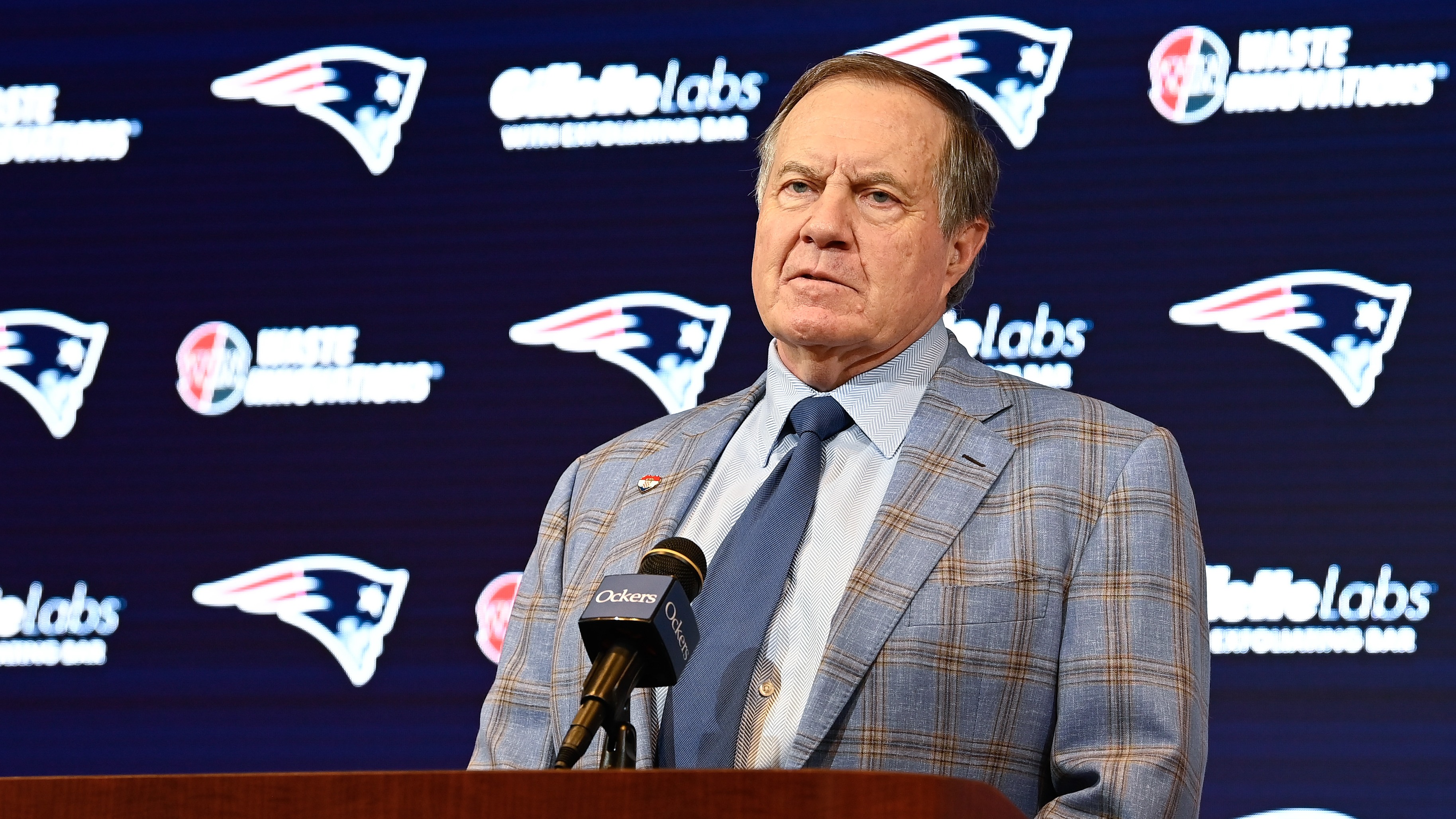
FOXBORO - Sunday's celebrated tweaks to the Patriots defense against Denver have brought the topic of in-game adjustments into focus this week.
On Wednesday, Bill Belichick went into great detail on how the process of in-game scheme tweaking is executed.
"At the end of the series, I usually talk to (offensive coordinator) Billy OBrien and (defensive coordinator) Matt Patricia or other coaches, it could be (offensive line coach) Dante Scarnecchia or it could be somebody else about the series that happened," explained Belichick. "We talk about what we need to do or what theyre doing and what we can do about that, whatever it happens to be.
"The thought process is,'next time we get out there, do we want to go no-huddle, what do we want to do the next series or what are we going to do the next time they give us a certain look or what are we going to do in the next third and medium, third and long, second and long," said Belichick. "If there is a particular situation that were not doing well in, what are we going to do the next time that comes up? Its the same thing defensivelywhat are we going to do if they put three receivers in the game, what are we going to do if they tighten the formations? Yeah, we talk about that in between series."
The diagnostics, it seems, are the most importantcomponent in getting things fixed. Correctly determining what's going on in real time from field level without benefit of video - and using player input - is the way it's done.
With in-game bans on using technology on the sidelines (c'mon, be professional for once, it's four years later!), pictures are the only visual aids that can be employed.
"You can sometimes get a lot out of picture," said Belichick. "Sometimes you cant really get anything out of it. It depends on what youre looking for and when it was snapped. Theres certainly value to those. Theres also value to seeing what you see. Thats what we all do. Definitely if I ask Dante Scarnecchia about what happened on this blitz or what happened on this blocking scheme, thats what hes looking at. If I ask (receivers coach) Chad OShea, What happened on this route? Then, Hey, we got jammed or, The corner did this and the safety did this and thats why we ran it that way. I cant see all 22 players at once but I can focus on whatever Im focusing on but that may or may not be an issue on that play. We definitely talk about those things."
New England Patriots
To a layman, that's what's pretty amazing. To be at field level and be able to decipher - among the 330-pound linemen and 4.2-speed corners - what fronts, stunts, leverages and coverages are being used - is a skill.
"Its a skill," Belichick allows,"but I think its a realistic expectation too. Thats what we do out there in practice every day. We watch the play and then after that you tell a player, right there at that point in time, Look, when that happens to you, then this is what you do. You did this but you really need to keep it tighter. You should have done this or you should have done that. We do that on a daily basis."
Of course, there are reactions to the adjustments as well, said Belichick.
"Where you are in the first quarter, second quarter on that by the third quarter that sometimes (is different), they shift away from something," he explained. "Like in the Philadelphia game, they started going to wide receiver Jason Avant, they were feeding it to him. There was a point where you recognize, Alright, theyre obviously looking for this guy now, hes got six, seven catches, we have to start paying more attention to him. Im just saying, things like that happen in the game that you talk about them then. I talk them out with the coaches and they talk them out with me, however you want to call it."
Everybody knows it is done, of course. It's part of any sport or competition. But the machinations are what make it intriguing.


